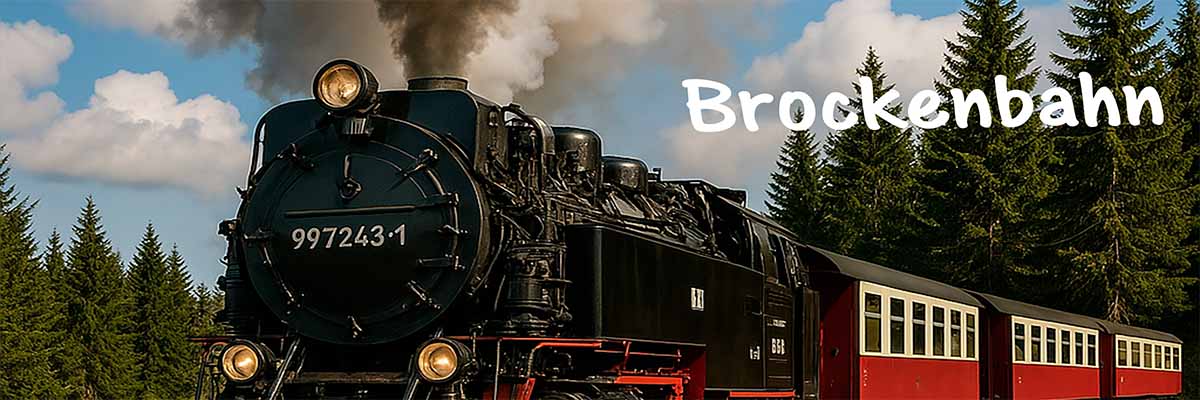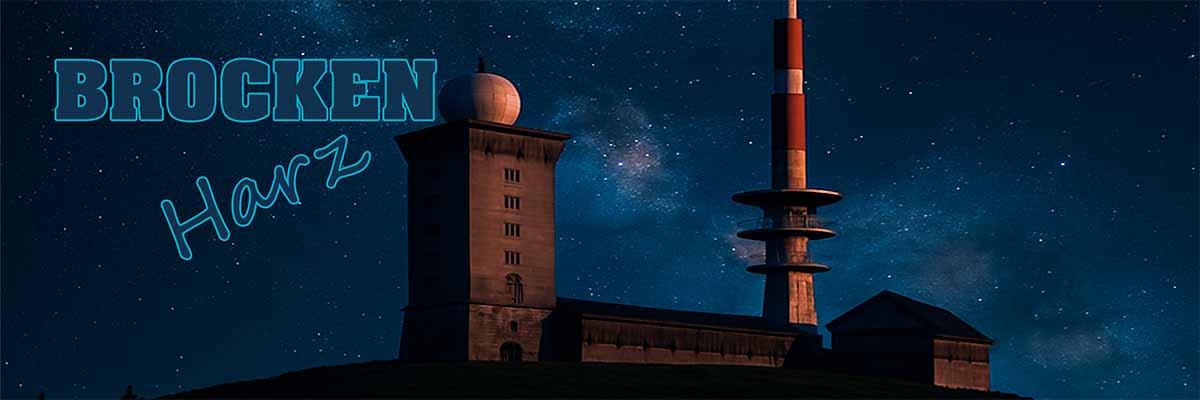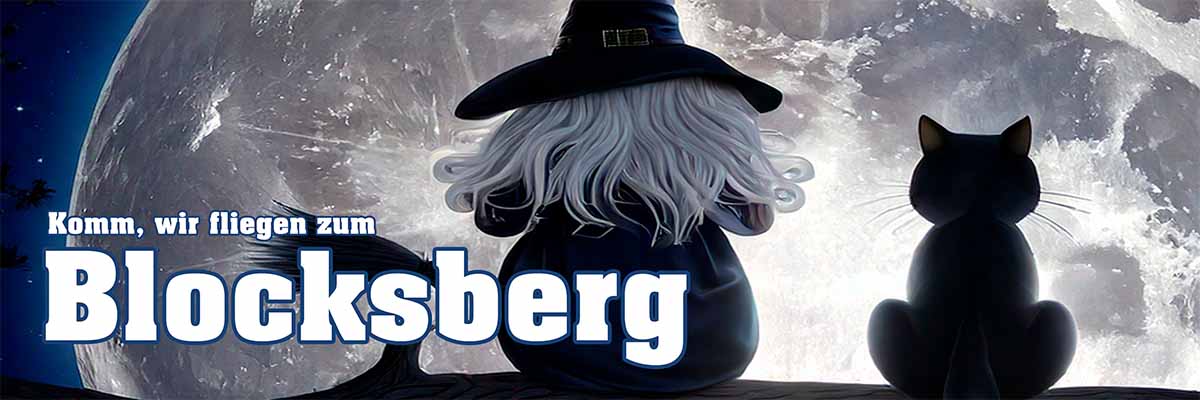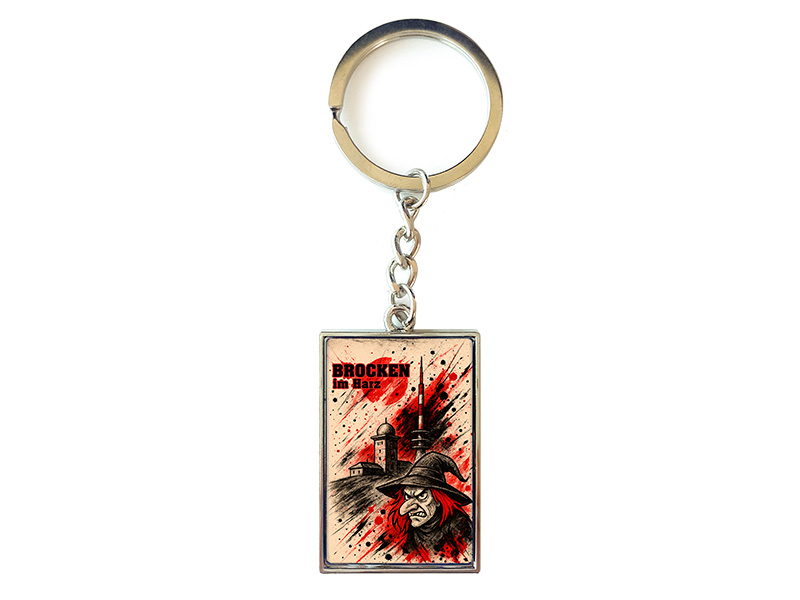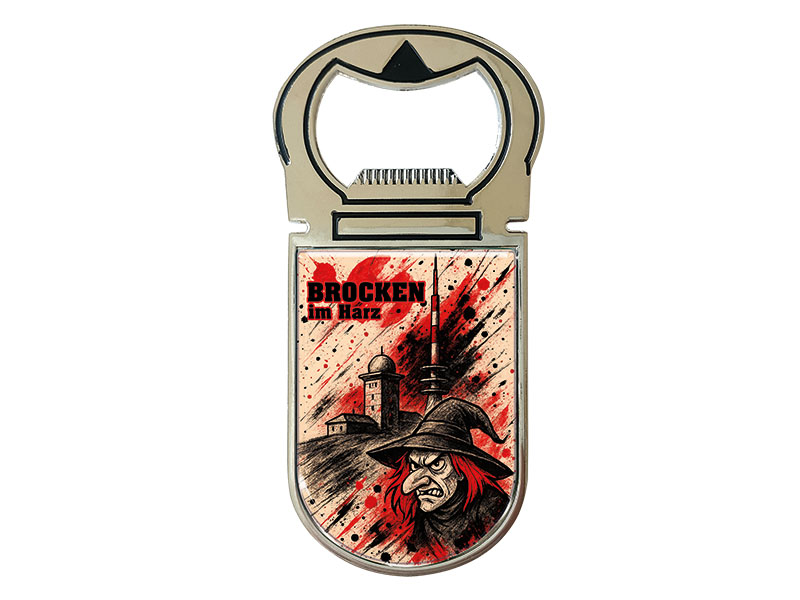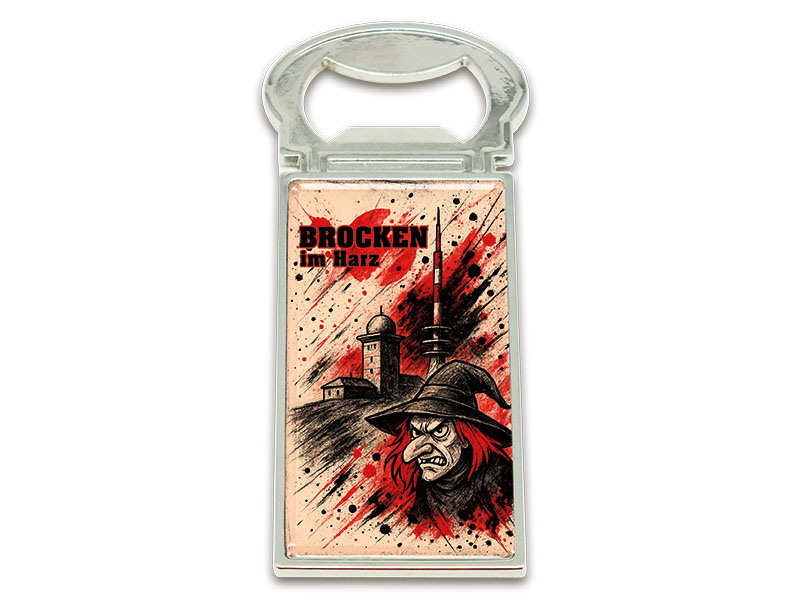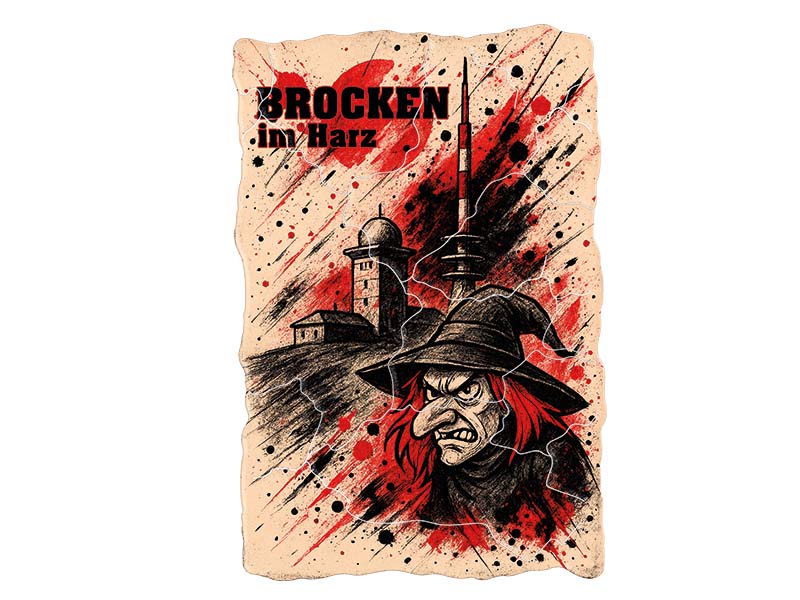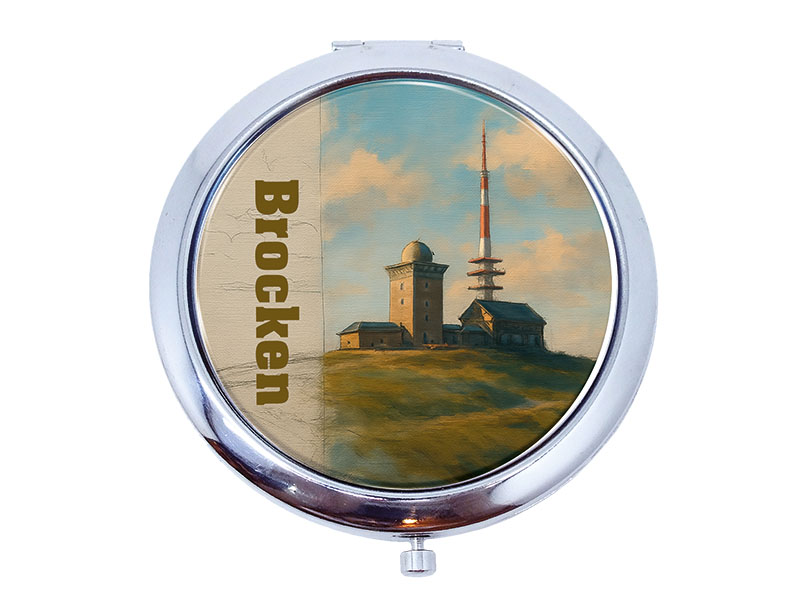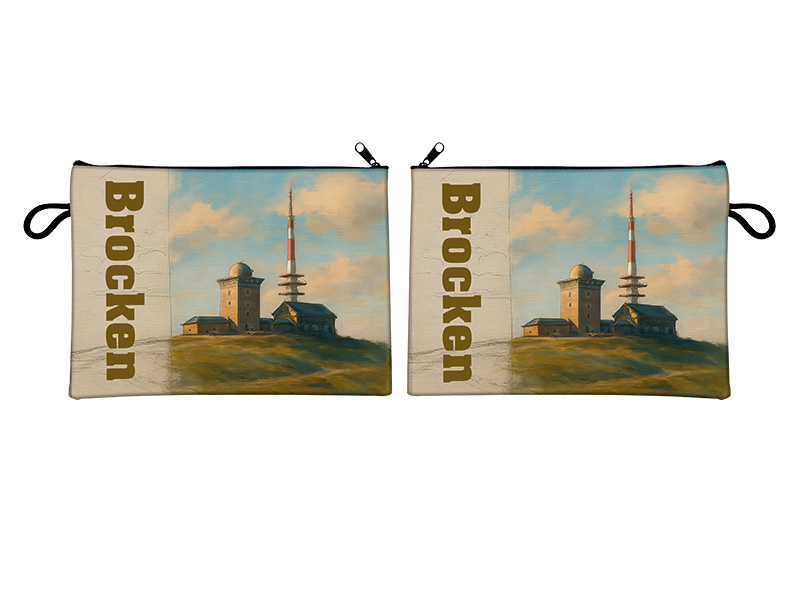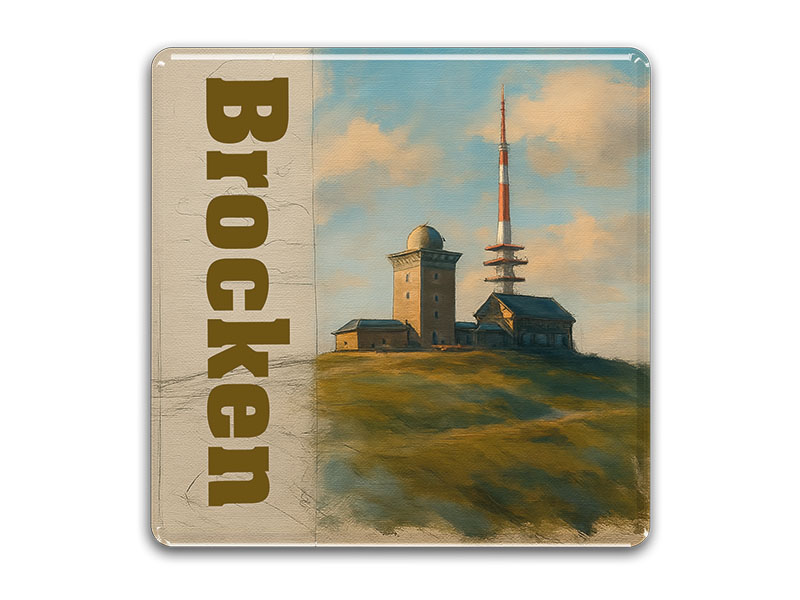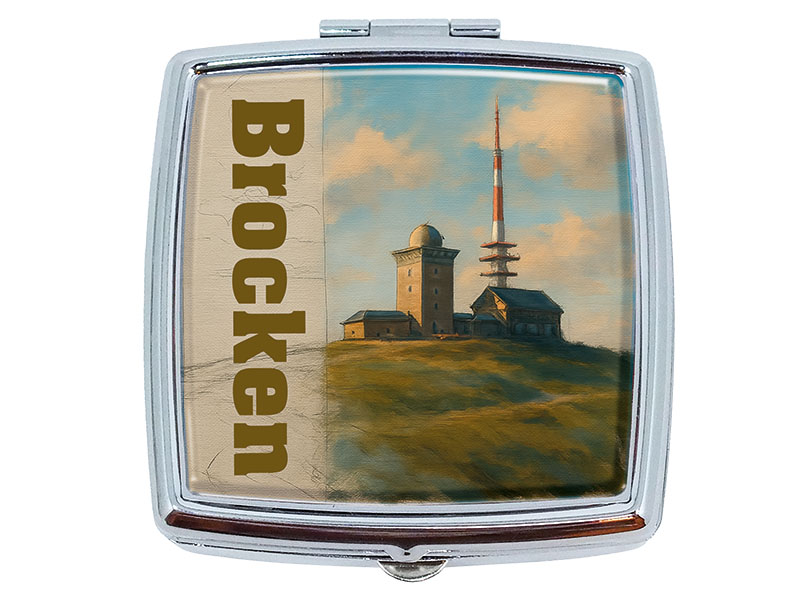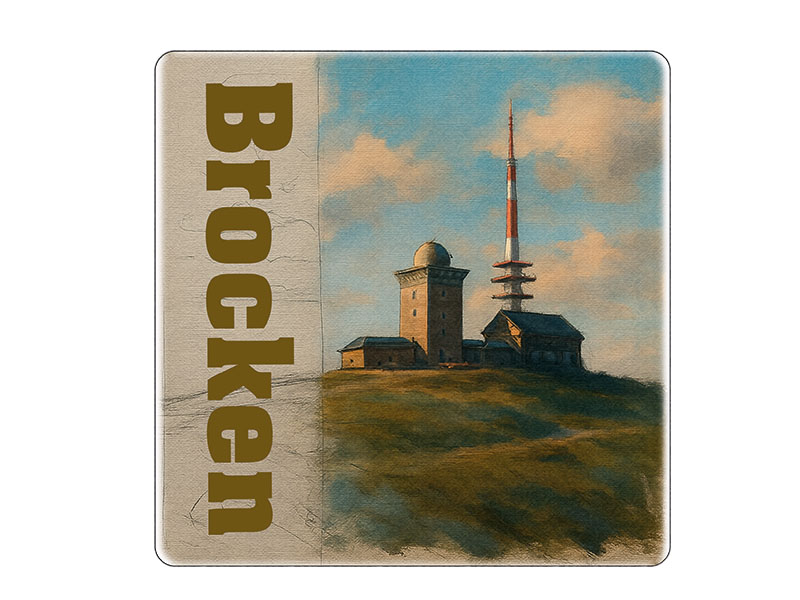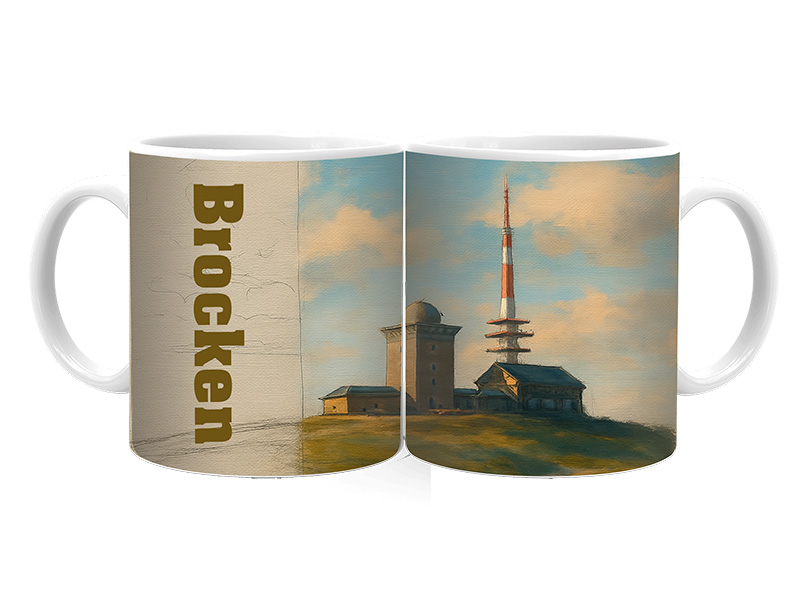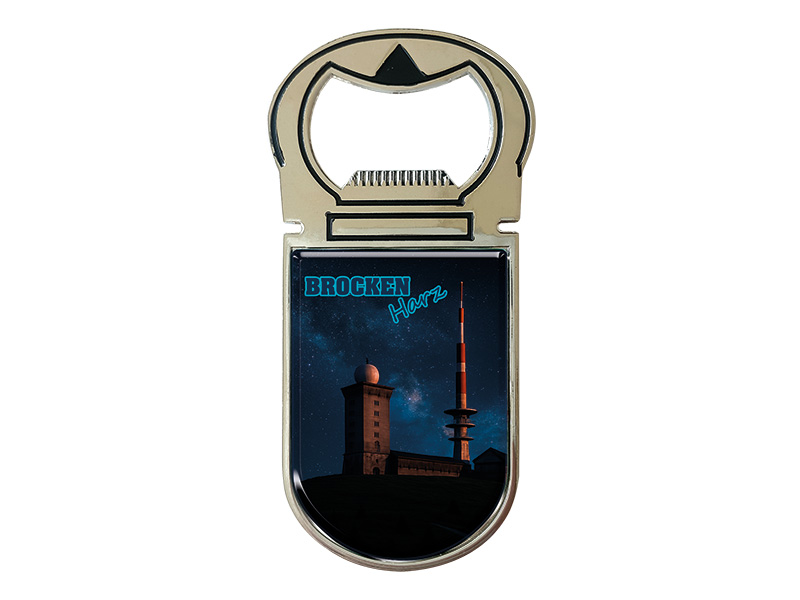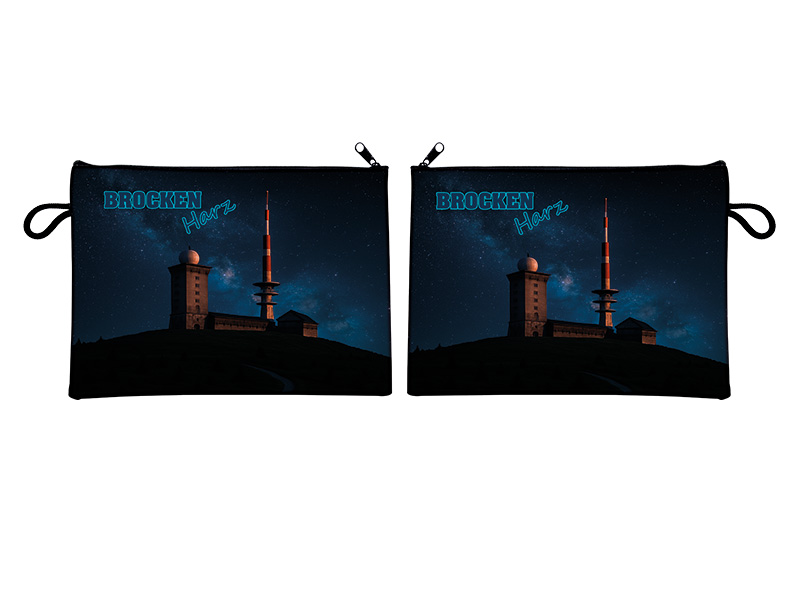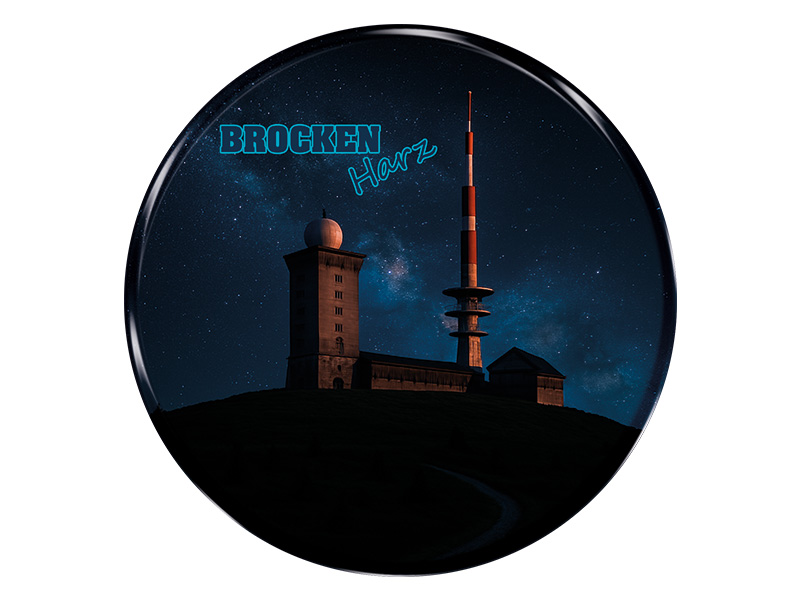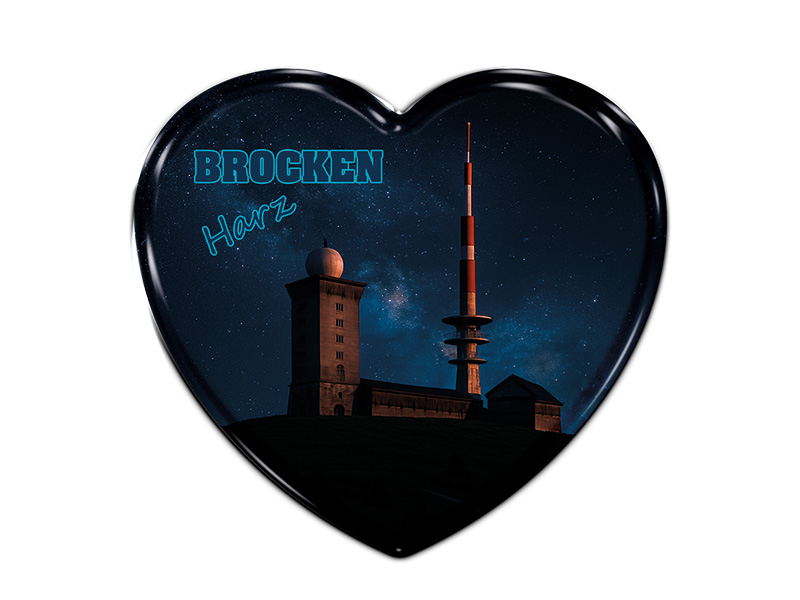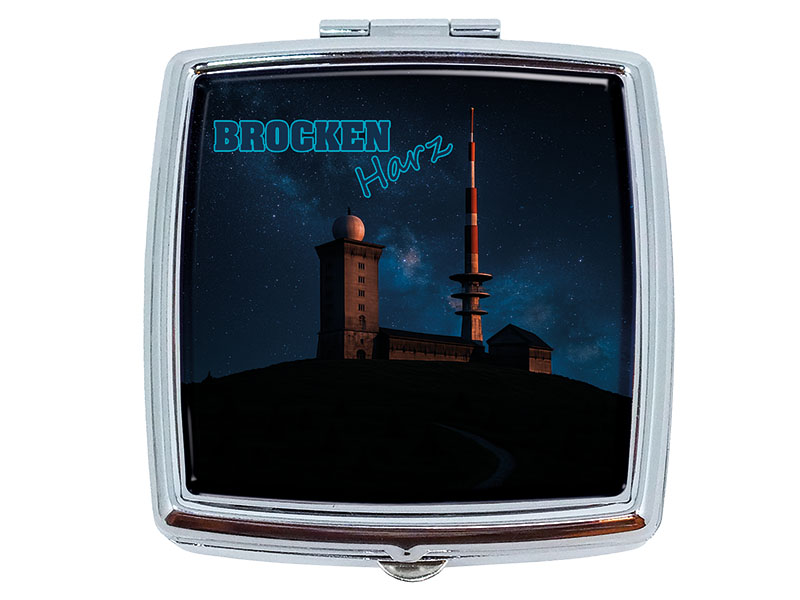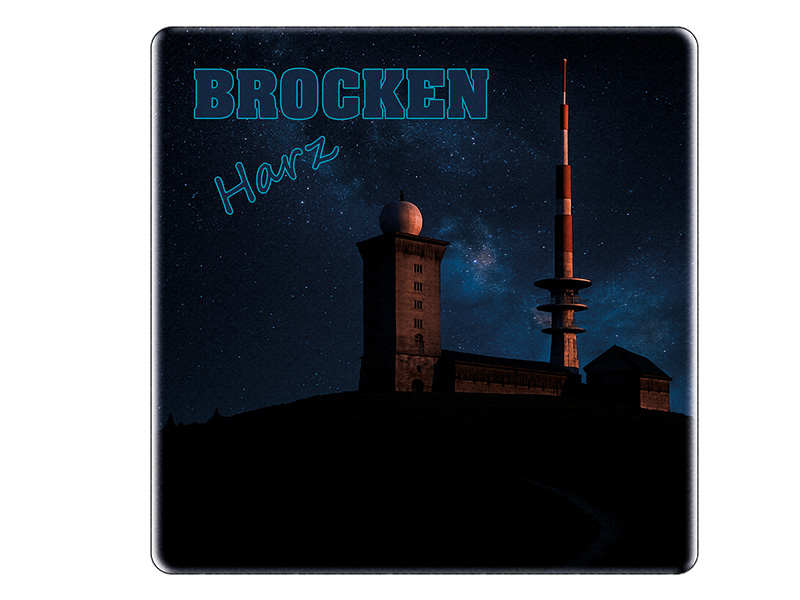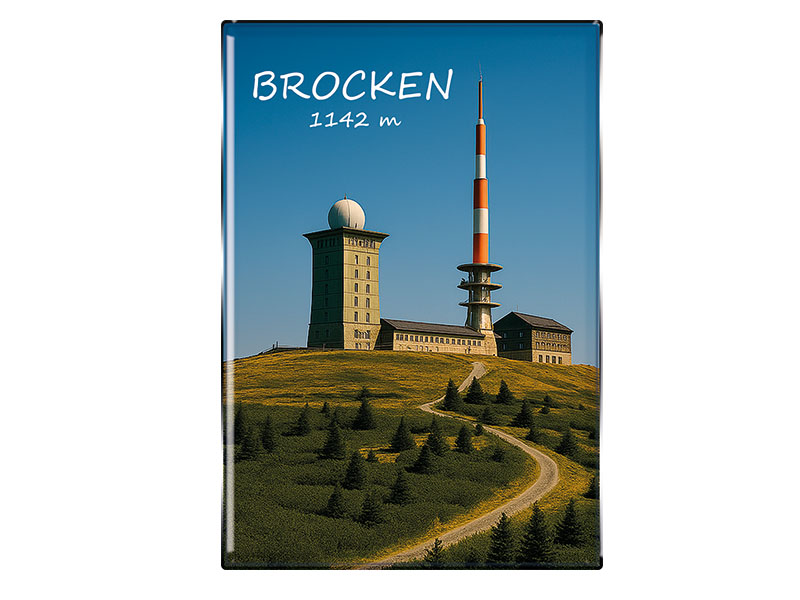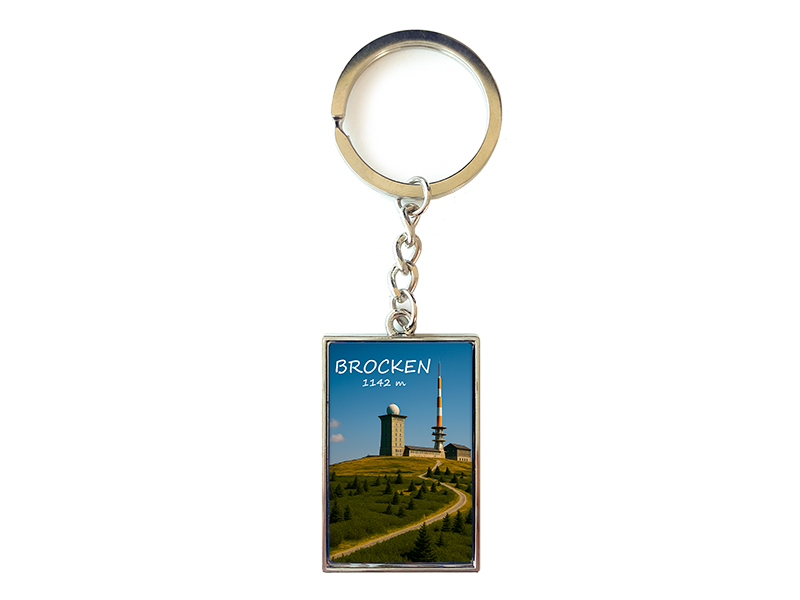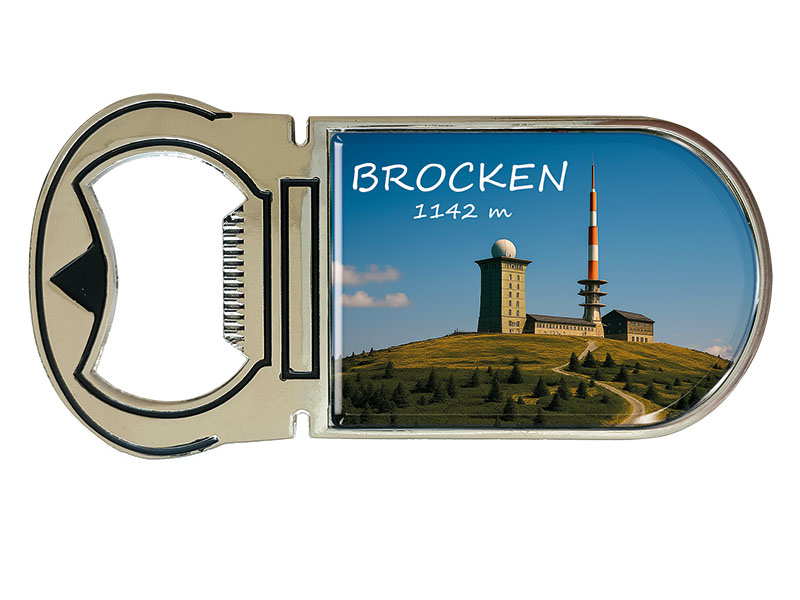- Vehicles
- Figures
- Witches
- Carnival
- Canvas
- Magnets
- Materials
- Maritime
- Hats
- New products
- Personalize
- Plush
- Dolls
- Collectible figures
- Keychain
- Special production
- %Special offers%
- Money boxes
-
Cities - Regions
- Bad Säckingen
- Bamberg
- Bayerischer Wald
- Berchtesgaden
- Berlin
- Bodensee
- Bremen
-
Brocken
- Chiemsee
- Cochem
- Dinkelsbühl
- Dresden
- Eibsee
- Frankfurt
- Freiburg
- Gardasee
- Garmisch-Partenkirchen
- Hamburg
- Harz
- Heidelberg
- Helgoland
- Insel Mainau
- Kleinwalsertal
- Koblenz
- Köln
- Königssee
- Leipzig
- Lübeck
- Mecklenburgische Seenplatte
- München
- Nürnberg
- Oberammergau
- Passau
- Potsdam
- Quedlinburg
- Regensburg
- Rothenburg
- Rügen
- Schwarzwald
- Stuttgart
- Sylt
- Titisee
- Traunsee
- Triberg
- Ulm
- Wernigerode
- Bags/Backpacks
- Textile
- Animal
- Subjects
More information? sign in.
More information? sign in.
More information? sign in.
More information? sign in.
More information? sign in.
More information? sign in.
More information? sign in.
The Brocken – The Legendary Peak of the Harz Mountains
The Brocken, also known as the Blocksberg in folklore, is the highest mountain in northern Germany and an iconic symbol of the Harz region. With a height of 1,141 meters (3,743 feet), it stands majestically above the surrounding landscape and is steeped in legends, natural beauty, and history. Located within the Harz National Park in the federal state of Saxony-Anhalt, the Brocken has fascinated people for centuries and continues to be one of Germany’s most visited natural landmarks.
Geographic Location and Natural Setting
The Brocken is situated in central Germany, in the Harz mountain range, and lies near the town of Wernigerode. It forms part of the Harz National Park, a protected area that covers over 24,000 hectares. The mountain is characterized by a harsh subalpine climate, with strong winds and frequent fog. Due to its elevation, the Brocken experiences weather conditions similar to those in the Alps at altitudes of 1,800 to 2,000 meters.
The flora and fauna on the Brocken are unique in northern Germany. The mountain is home to many alpine and subalpine plant species, peat bogs, and spruce forests. Animal species like the lynx, black stork, and peregrine falcon can also be found here.
Geological Formation
Geologically, the Brocken is part of the Harz block, which was uplifted during the Hercynian orogeny around 300 million years ago. The mountain consists mainly of granite, which resists weathering and erosion. This makes the Brocken a prominent and long-lasting geological feature. Over time, glacial and periglacial processes shaped its rounded summit and steep slopes.
Historical Significance and Legends
The Brocken has played a significant role in both history and folklore. Due to its height and visibility, it has long been a place of mystical and spiritual importance. It is most famously associated with the Walpurgis Night legend. According to local folklore, witches from all over Germany gather on the Brocken on the night of April 30th to celebrate and meet with the devil. This tale was popularized by Johann Wolfgang von Goethe in his play Faust, in which he describes a nightmarish scene on the Brocken during Walpurgis Night.
During the Cold War, the Brocken was a restricted military zone. From the 1960s to 1989, it was used by the East German Stasi and Soviet military as a surveillance and radar station. The summit was off-limits to civilians, and a massive concrete wall surrounded the top. After German reunification in 1990, the summit was reopened to the public.
Population and Accessibility
The Brocken itself does not have a permanent population due to its harsh climate and protected status. However, the nearby towns, such as Wernigerode, Schierke, and Ilsenburg, serve as access points to the mountain and host many tourists year-round. Schierke, the closest village, has a population of around 800 and is a popular base for Brocken visitors.
The Brocken can be reached by hiking or by the historic Brockenbahn, a narrow-gauge steam railway that climbs from Wernigerode to the summit. The Brockenbahn, which has been operating since 1898, offers a nostalgic and scenic journey and is a favorite among tourists.
Tourism and Attractions
The Brocken is one of the most visited natural destinations in Germany, attracting over 1.5 million tourists annually. Its popularity stems from a mix of natural beauty, mystical legends, and historical intrigue.
Main Attractions:
-
Brockenbahn (Brocken Railway): The steam train is a unique way to experience the mountain, with panoramic views and an old-fashioned charm.
-
Brockenhaus Museum: Located at the summit, this museum showcases the mountain’s natural history, Cold War history, and folklore. It is housed in a former surveillance building.
-
Goetheweg (Goethe Trail): Named after the poet Goethe, who climbed the Brocken in 1777, this trail is one of the most scenic routes to the summit.
-
Walpurgis Night Celebrations: Every April 30th, thousands gather in Schierke and on the Brocken to celebrate this eerie and entertaining tradition with costumes, bonfires, and performances.
-
Panoramic Views: On clear days, visitors can see up to 150 kilometers from the summit, offering stunning vistas of the Harz and surrounding plains.
Famous Personalities
Although no major celebrities were born directly on the Brocken due to its uninhabited status, many famous figures have been associated with it:
-
Johann Wolfgang von Goethe – Germany’s greatest poet visited the Brocken in 1777 and 1783. His descriptions in Faust made the mountain world-famous.
-
Heinrich Heine – The German poet and writer documented his hike to the Brocken in Die Harzreise (The Harz Journey), published in 1826.
-
Alexander von Humboldt – The great naturalist and explorer conducted scientific observations on the Brocken during his student years.
Local Cuisine and Drinks
Visitors to the Brocken and the Harz region can enjoy hearty and traditional German dishes, often with a rustic twist suited to the mountain environment.
Typical Foods:
-
Harzer Käse (Harz Cheese): A strong-smelling sour milk cheese, low in fat and rich in protein, often eaten with onions and bread.
-
Schierker Feuerstein: A herbal liqueur named after the town of Schierke, made from a secret blend of herbs and often enjoyed as a digestive.
-
Wild Game Dishes: Venison and wild boar, served with red cabbage and dumplings, are common in local restaurants.
-
Brockensplitter: A regional chocolate and nut confection that mimics the rugged stones of the Brocken summit.
Drinks:
-
Herbal Schnapps: Many local distilleries produce schnapps using herbs from the Harz.
-
Harzer Bier: Local breweries craft unique beers, including dark lagers and wheat beers, often with labels depicting the Brocken or witches.
Typical Souvenirs
Tourists can find a wide variety of souvenirs that reflect the mystical and cultural heritage of the Brocken:
-
Witch Figurines: A nod to the Walpurgis Night legend, these are the most iconic Brocken souvenirs.
-
Brockenbahn Miniatures: Model trains and train-themed gifts for fans of the historic railway.
-
Local Handicrafts: Wood carvings, ceramic items, and embroidered goods from the Harz region.
-
Herbal Products: Soaps, teas, and liqueurs made from local herbs and plants.
-
Books and Literature: Works by Goethe, Heine, and local legends related to the Brocken.
Conclusion
The Brocken is more than just a mountain—it's a cultural icon, a symbol of natural beauty, and a bridge between myth and history. Whether you’re hiking its trails, riding the steam train, exploring Cold War remnants, or joining the witches on Walpurgis Night, the Brocken offers a unique experience that blends Germany’s natural wonders with centuries of folklore and history. A visit to the Brocken is a journey into the heart of the Harz—and into the soul of German legend.

